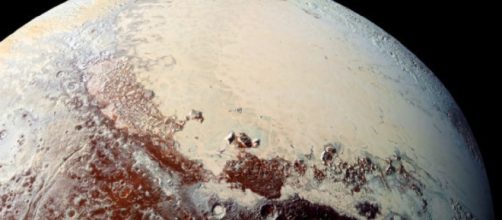New Horizons has reached a new milestone, it has passed between Pluto and our Solar System. NASAs New Horizons spacecraft is set to go even further than this. By next year, on the 1st of January, 2019, New Horizons will have reached MU69. MU69 is an object in the Kuiper Belt, 1 billion miles beyond Pluto. The Kuiper Belt is a circumstellar disc in our solar system. The Kuiper Belt is home to three dwarf planets; Pluto, Makemake, and Haumea.
New Horizons so far
The New Horizons spacecraft has so far traveled 466 million miles from earth. It is set to stop later this week.
When the New Horizon will go into "hibernation." In other words, the New Horizons spacecraft will slow down for a period of five months, before it starts to study the Kuiper Belt.
As the New Horizons continually travels further away from the sun, it gets slower in pace at traveling. It is slowing down as it moves further away from the sun. The spacecraft has been in orbit now for ten years. Having left the earth in 2006. It has traveled 3.5 billion miles from planet earth so far. It is constantly in contact with scientists on earth, giving updates every five hours.
What is next?
After a five month rest for New Horizons, it is set to begin on its important journey and work. The spacecraft is set to study objects in the Kuiper Belt, including the object MU69.
The aim for New Horizons is to study space from Pluto and beyond. It is capable of sending back information to scientists at NASA by using ultraviolet images from planetary surfaces, as well as collecting information about the atmosphere in its orbit, by inspecting atmospheric compositions.
New Horizons has already performed these things for Pluto.
For example, in 2015, the New Horizons studied Pluto and gave us information back about the dwarf planet. The spacecraft gave us the first ever clear pictures of Pluto. For the first time, we got a close-up and clear picture of what Pluto actually looks like. Showing us that Pluto has a heart shape on its surface.
This heart has drawn speculation about what has caused this heart shape on the surface of Pluto.
Scientists have speculated that it could indicate that there is an ocean beneath Pluto's heart. Pluto's heart is icy, and there could be an ocean beneath that icy surface. Therefore, the horizon has already given us knowledge about our solar system that we didn't have before. It is likely to gather more information in the coming years as it travels toward its destination: the Kuiper Belt.

